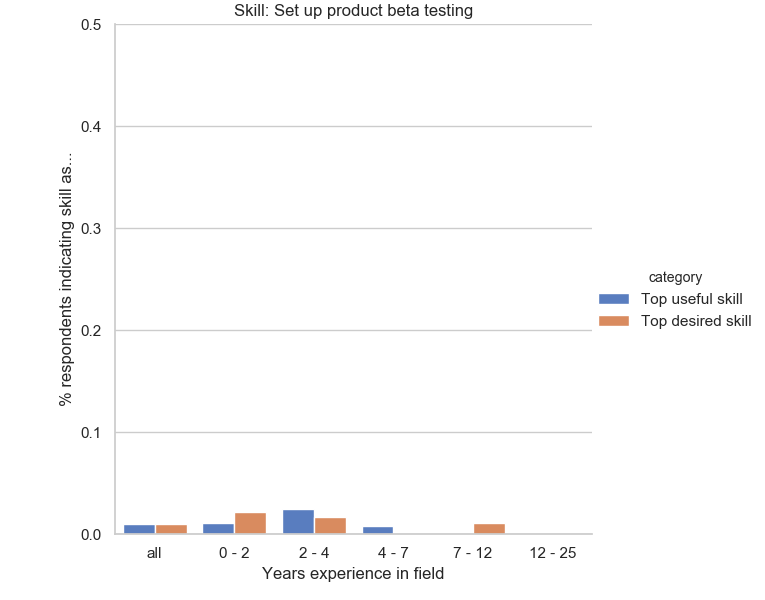Beta Test

The expected end of Research-Driven Design Project or a planned release on Product Roadmap are crucial moments: where a feature, product, or service first “truly” meets reality. With Development Cycle Coupling in place, we can support these efforts with qualitative insight and the situational awareness of real-world experience.
The challenge
New product launches are times of uncertainty, excitement, and impact. There is always risk associated with launching a new feature or product line to a full range of users, even with active user insights and co-creation throughout the development process.
Some of these risks and uncertainties can only come to light in the conditions of “real world” use. Failure to identify and address them can damage a project or be detrimental to the team or organization. There are also brand risks and customer relationships on the line.
The approach
Consider how you can learn to identify these risks and blind spots through a live release to a controlled set of customers or users. You can create a range of beta test conditions that vary in duration as well as commitment—from a publicly available “opt out” trial for all users, to a privately-selected invite-only test. Barring broad engineering constraints or poor planning, you can create a focused beta test that will give the team the insight it needs to prepare for a full launch.
Therefore, set up a beta test for a live product before it is fully launched. Design beta test with clear learning goals and appropriate methods to get signals on key unknowns, quantitatively and qualitatively. Set the scope and duration collaboratively with all teams involved. Ensure appropriate participants, set their parameters of use and expectations for any further research involvement up front, and plan to use the methods that will give you full-spectrum insight (diary, survey, interview, analytics) throughout the life of the beta.
Plan ahead so that what you learn from the beta test can be incorporated back into the design or development process before the planned full launch. Raise severe and critical issues as “risks we need to understand and decide on” as soon as possible, to a cross functional team of stakeholders.
Incorporate User Interview, Experience Sample / Diary Study, Survey / Questionnaire, and Product Analytics, as required, into the scope of the test. Keep the larger team informed of progress and use Effective Reporting to share learning and decisions when the beta period is over. You may be able to recruit unique, extreme, or difficult-to-reach beta participants with Customer Advisory Council.


.png)